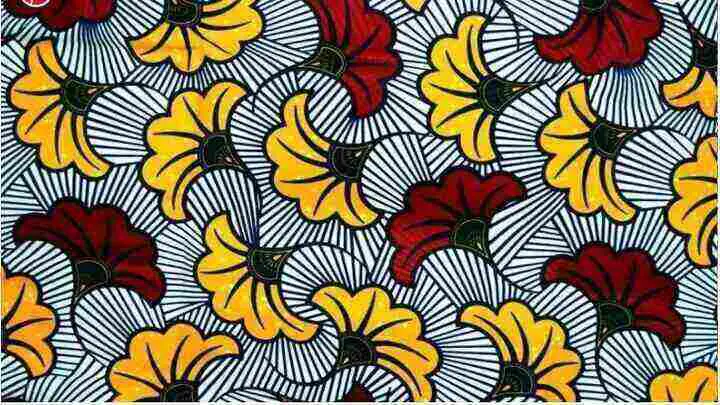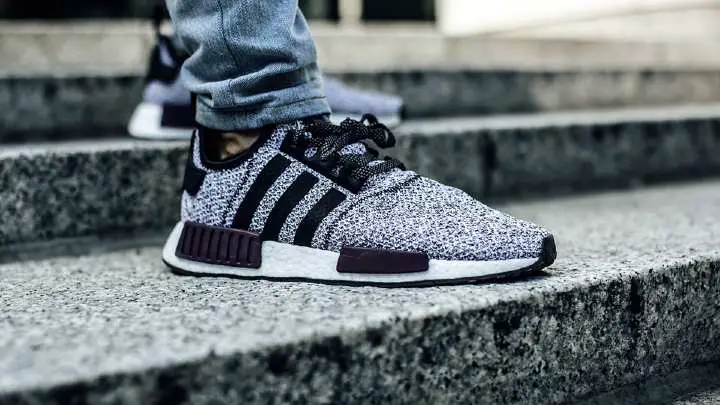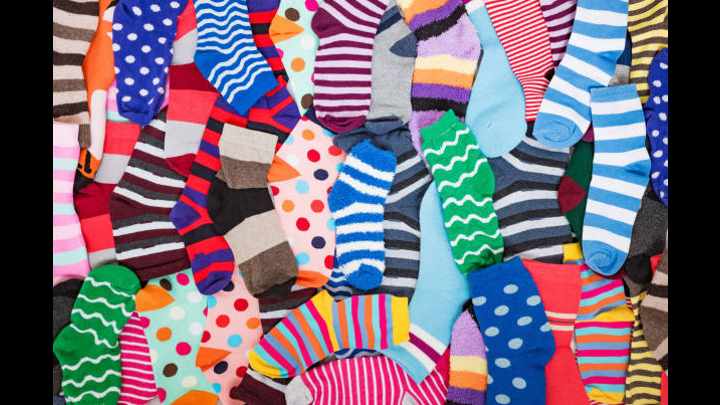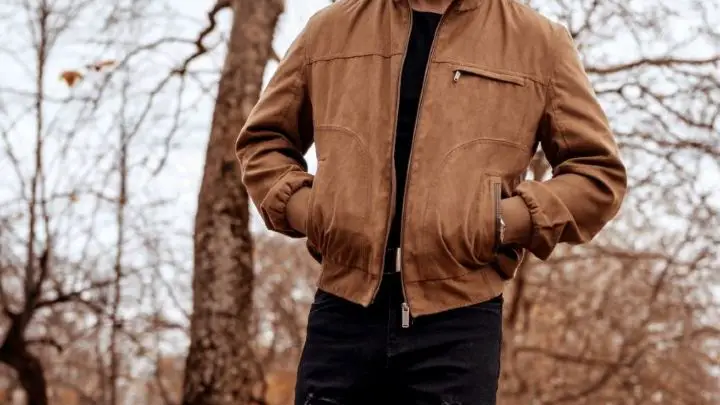African fabrics are deep-rooted in African culture. This is why they are rich in colors, patterns, and designs. They also stand out for their rich texture and style. Making unique fashion designs with these fabrics even makes them more unique.
However, African fabrics vary. Do you know how to tell which apart from the others? Here is a sure guide to the most popular African fabrics coming out of the multi-cultured continent.
Read the article below to find answers to some of your questions on African fabrics and their significance to the African people.
A Brief History on African Fabrics
In the thirteenth century, sacred pieces of woven fabrics in raffia and cotton were discovered in Benin city, very close to the Oba (king) of Benin palace. But the oldest African fabric was found at an archaeological site in Kissi, Northern Burkina Faso.
Some of the techniques manufacturers use during African fabric production are weaving, printing and dyeing. The most common technique is weaving, particularly strip weaving. Textile to some people represents their culture and heritage.
The raw material used for making African textiles are fibers like cotton, linen, silk, raffia, and even tree bark. Cotton is the most popular raw material manufacturers use for textile production.
SEE: Fabric Types – Everything You Need to Know [With Pictures]
List of Some African Fabrics
1. Kente
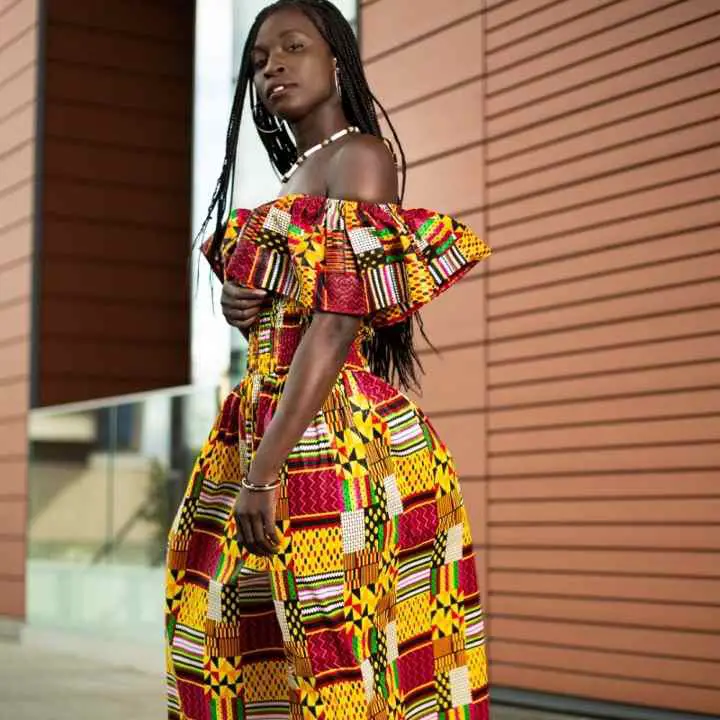
This textile originates from Southern Ghana from the Asante people. It got its name from the word Keten, which means basket, and cotton is the basic material they use for its production.
Kente is unique due to its basket-like and colorful patterns. The person weaving it does so on a narrow horizontal loom which creates strips of clothes that are 2-4 inches wide and the length is based on preference.
Ghanaians believe that no two Kente fabric has the same pattern. They believe so because the final product is determined by the story the weaver is telling or their emotions.
Although kente is particular to Ghanaians, it is one of the most popular African fabrics in the world. People use the fabric as wrappers, clothes, and other traditional attires.
You can wear this fabric on special occasions like birthday parties and weddings. They also wear them for regular activities.
2. Aso-oke

Aso-oke is peculiar to the Yoruba people of Nigeria. It is commonly handwoven by both men and women, and like other African textiles, uses cotton as its base material.
This textile is popular for its thickness and beauty. But over the years, its method of production has been adjusted. This change made the fabric less thick and more conducive for regular wear.
The Yoruba people wear Aso-oke during weddings and other special occasions. They also associate Aso-oke with the high-ranking people of the community. In addition, the most common attire the Yoruba people use for a traditional wedding is Aso-oke.
3. Adire
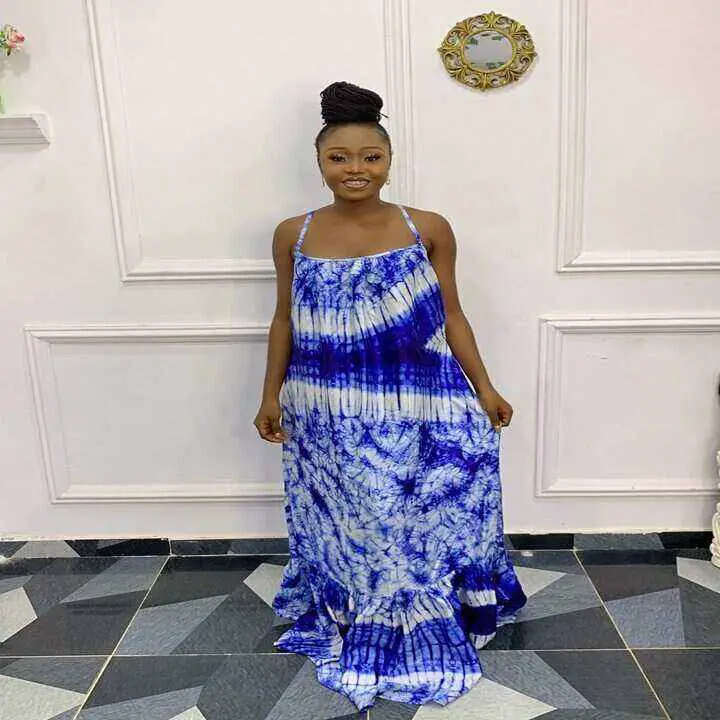
Adire is a hand dye fabric distinctive to Nigerian people. Cotton is the base material for producing Adire and it is popular for its abstract pattern. Women teach their children the process of making it part of their cultural heritage.
Modernization makes the manufacture of Adire easier and the quantity larger. Many companies now have machines that make production faster.
Consequently, after production, you can sew Adire into Iro (wrap skirt) and Buba (Yoruba blouse) for the women, and Shokoto (trousers) and Agbada (flowing gown) for the men.
Adire is recognized globally and not only by Nigerians or Africans. Celebrities and even the former first lady of The United States of America, Michelle Obama wears Adire.
SEE: Create Your Unique Style With Tips on How to Be More Fashionable
4. Ankara
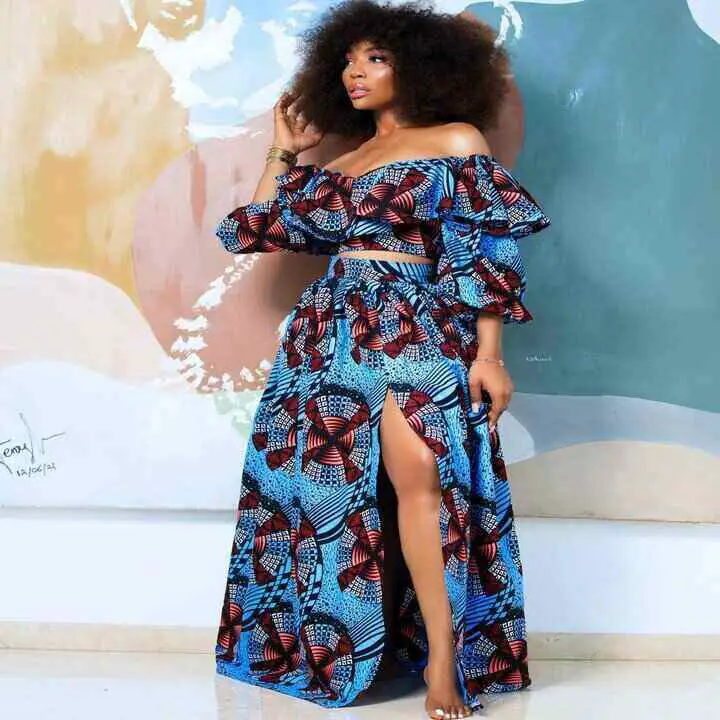
The name of this textile makes many people wonder if we are referring to the capital of Turkey. But we are talking about a popular African textile. Ankara is a very bright and colorful fabric popular for its African patterns and motifs.
Just like other African textiles, the production of Ankara starts with cotton. Its patterns are made through an Indonesian wax dyeing technique called batik.
Ankara also called Dutch wax prints or African wax prints came from Europe and was originally for the Indonesian textile market, but it became more accepted in Africa and has since been a part of their traditional wear.
Additionally, people wear Ankara during occasions like birthday parties or funerals in many West African countries like Nigeria and Ghana. The Ankara fabric has become one of the most recognized African textiles in the world.
5. Bogolan

Bogolan is an African fabric that has its origin from the Malian people. The fabric is also called Bogolafini or mud cloth and is one of the Malian people’s cultural heritage. Many centuries ago, women come together to make this fabric for ritual purposes.
The name Bogolafini means Bogo (mud), lan (with), and fini (cloth), as its name Bogolan comes from its technique of production.
Bogolan is a handmade textile gotten from cotton, and its production involves dyeing the cloth in fermented mud using a special technique. It is known for its distinctive brown and black color as a result of the fermented mud used to make it.
Before civilization, hunters wear Bogolan for protection and camouflage. The Malian people also believe the fabric has special powers, and wears it during occasions like after childbirth, female transition to adulthood, and even after marriage.
6. Barkcloth
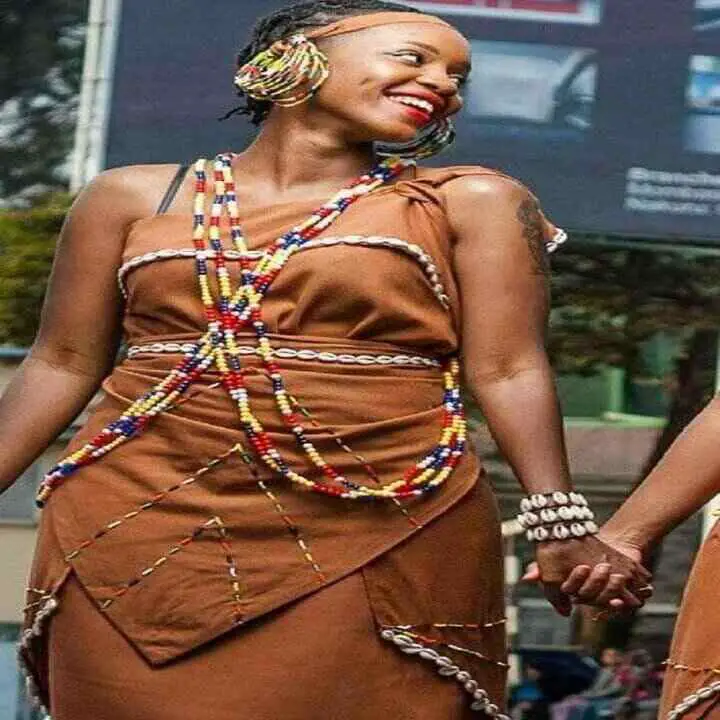
Barkcloth is distinctive to the Ugandan people. It is made from the inner bark of the ‘Mutuba tree‘ in the wet season. The process used for making this fabric is one of the oldest cloth-making techniques as it comes before weaving.
The process of harvesting the bark of the Mutuba tree determines the texture and overall outcome of the Barkcloth. As a result, some Ugandan people believe that no two Barkcloths have the same texture and color.
The Ugandan people use Barkcloth during funerals to respect the dead. Additionally, people use Barkcloth as a skirt, loincloth, and for wall hangings. Centuries ago, the royal family and influential people of the community also wore it.
SEE: Best-Dressed Male African Celebrities You Should Follow
7. Shweshwe

Shweshwe fabric is unique to South Africans, particularly the Xhosa women. It comes in different shades of indigo. South Africans believe to have come to Africa with travelers from India and Arabian countries. Shweshwe is usually worn for special occasions.
Some people believe the fabric got its name from French missionaries, while some believe it was named after the then king Moshoeshoe 1 of Basotho.
8. Kikoy
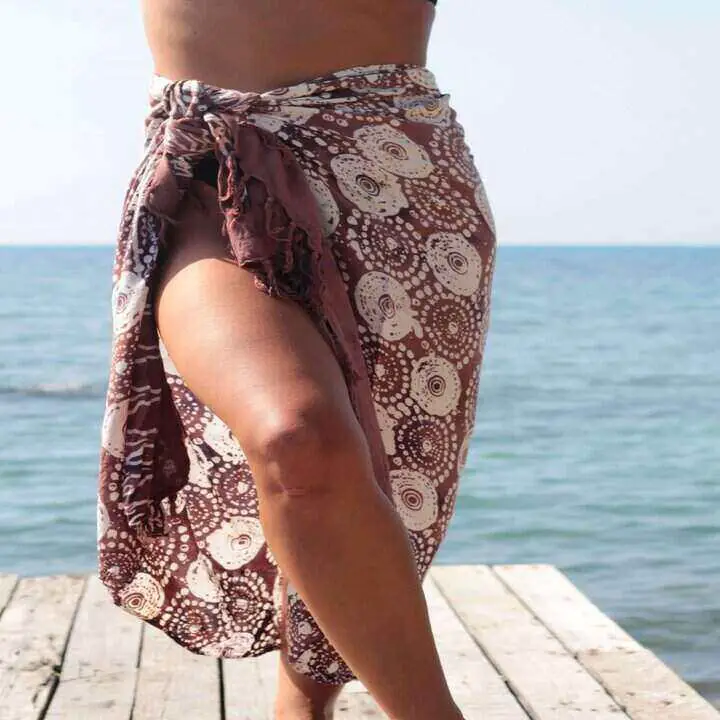
Kikoy is a fabric customary to the Kenyan people as well as the Ugandan people. It belongs to the sarong family of fabrics.
The fabric is a woven cloth made of cotton, and is hand-knotted after dyeing to give it borders and patterns. It is made using very bright colors.
This fabric is usually worn by both men and women, and is usually wrapped on the waist or hips, especially during hot weather. Women also wear kikoy by wrapping from their chest down.
9. Kanga
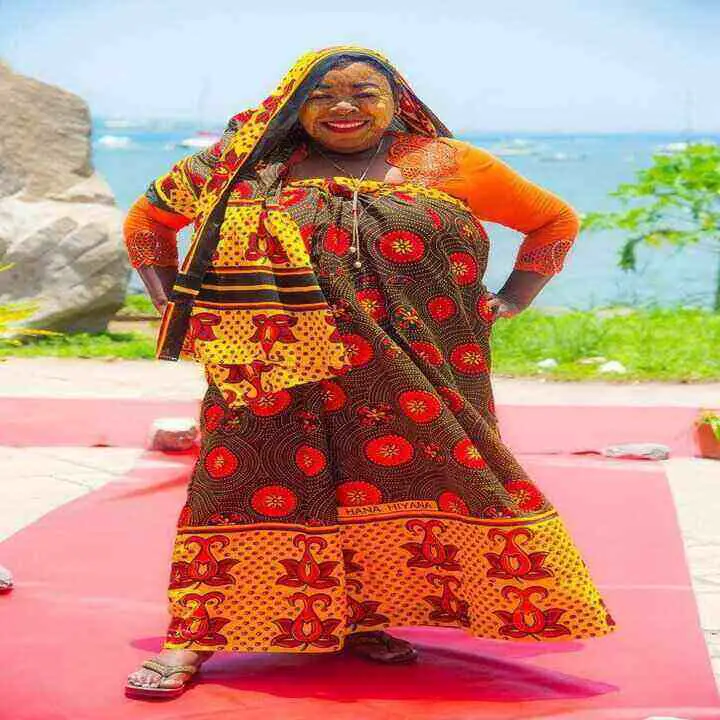
Kanga is common in East Africa, especially Tanzania. It has a light texture and is one of the members of the sarong family. The fabric has bright colors and simple Swahili proverbs are written on the fabric.
People give them as a gift during special occasions and women wear them during ceremonies like funerals or weddings. Women also use kangas as head ties, skirts, or even hand towels.
Additionally, kangas as gifts represent friendship, and there’s a popular saying that women should own more than a thousand kangas.
SEE: Stylish Ways You Can Wear African Kaftans
10. Kitenge
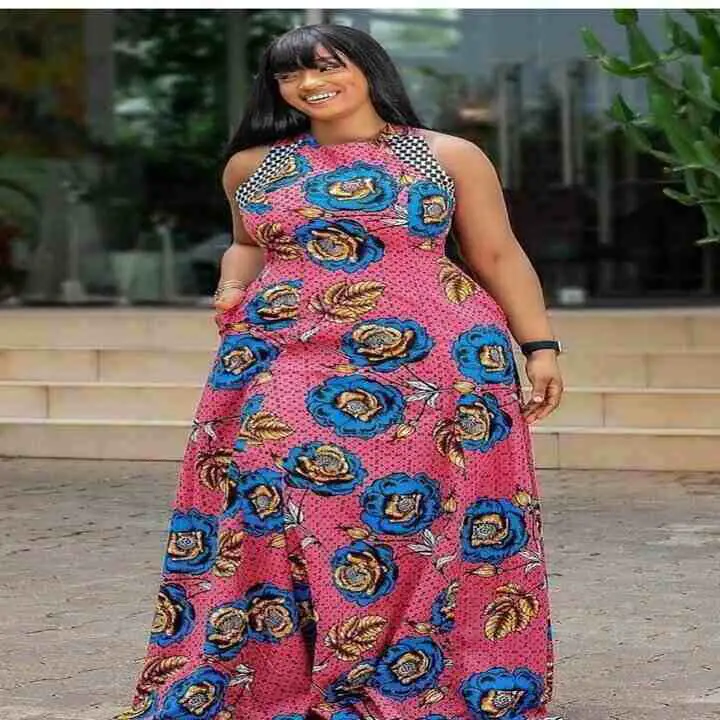
Kitenge is common among many African countries. The fabric is thicker than Kikoy and Kanga but also similar to the Sarong family of cloths.
They are colorful fabrics with varieties of patterns and designs. Just like many African fabrics, the technique for producing Kitenge is Batik.
Kitenge often has proverbs in Swahili on its edges and sometimes on the fabric itself.
Different African countries call the kitenge fabric different names such as; Malawi calls it Chitenje, while Namibians and some Zambians call it Chitenge.
People normally wear this fabric at informal gatherings and special occasions too. The Malawian people usually wear this fabric during funerals.
Recently, the president of Malawi encouraged men to wear Kitenge more often.
FAQs
What is the difference between textile and fabric?
Textile is the general name people use to refer to the larger clothing industry, while fabrics are a piece of clothing that can be used to make cloth.
Are all African fabrics from Africa?
No, they’re not. Not all African fabrics are made in Africa. Advancement in technology has made it easier to produce African fabrics anywhere in the world by whoever chooses to.
What is the most popular African fabric?
Kente is the most popular African fabric in the world. It originates from Ghana and is unique for its distinctive patterns. This fabric is very colorful and each fabric has patterns unique to itself.
Conclusion
African Fabrics have become more than an African thing now as many non-African countries are accepting them into their everyday lives.
Just as Africa has a wide range of cultures and ethnicities, it also has abundant textiles originating from various regions. All of these textiles display Africa and its beauty.
Many African textiles use special techniques which make the fabrics deeply rooted and peculiar to their culture. Some of them have patterns and designs that portray the artists’ emotions.
Thanks for reading.
You can read more about African style on Africana Fashion.
